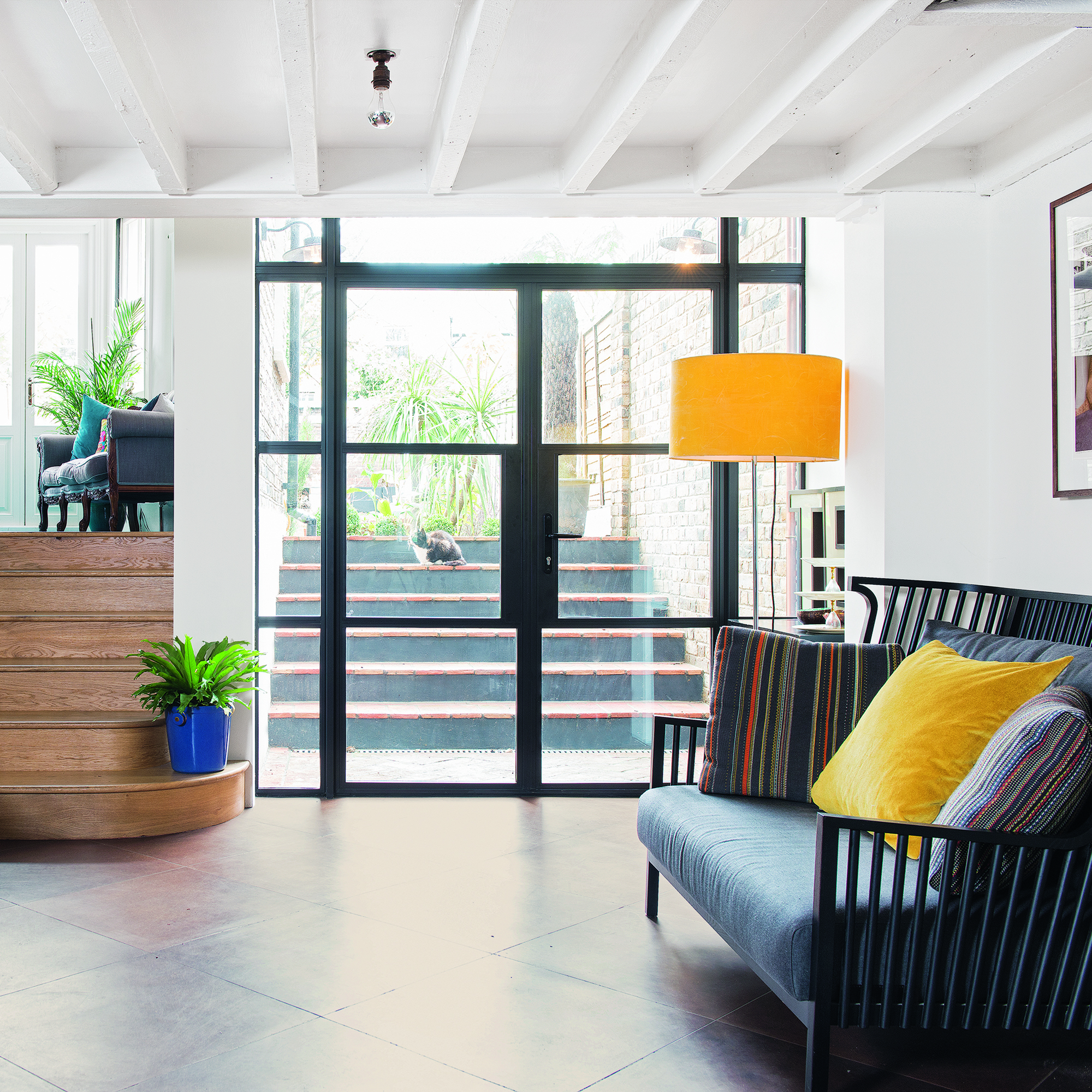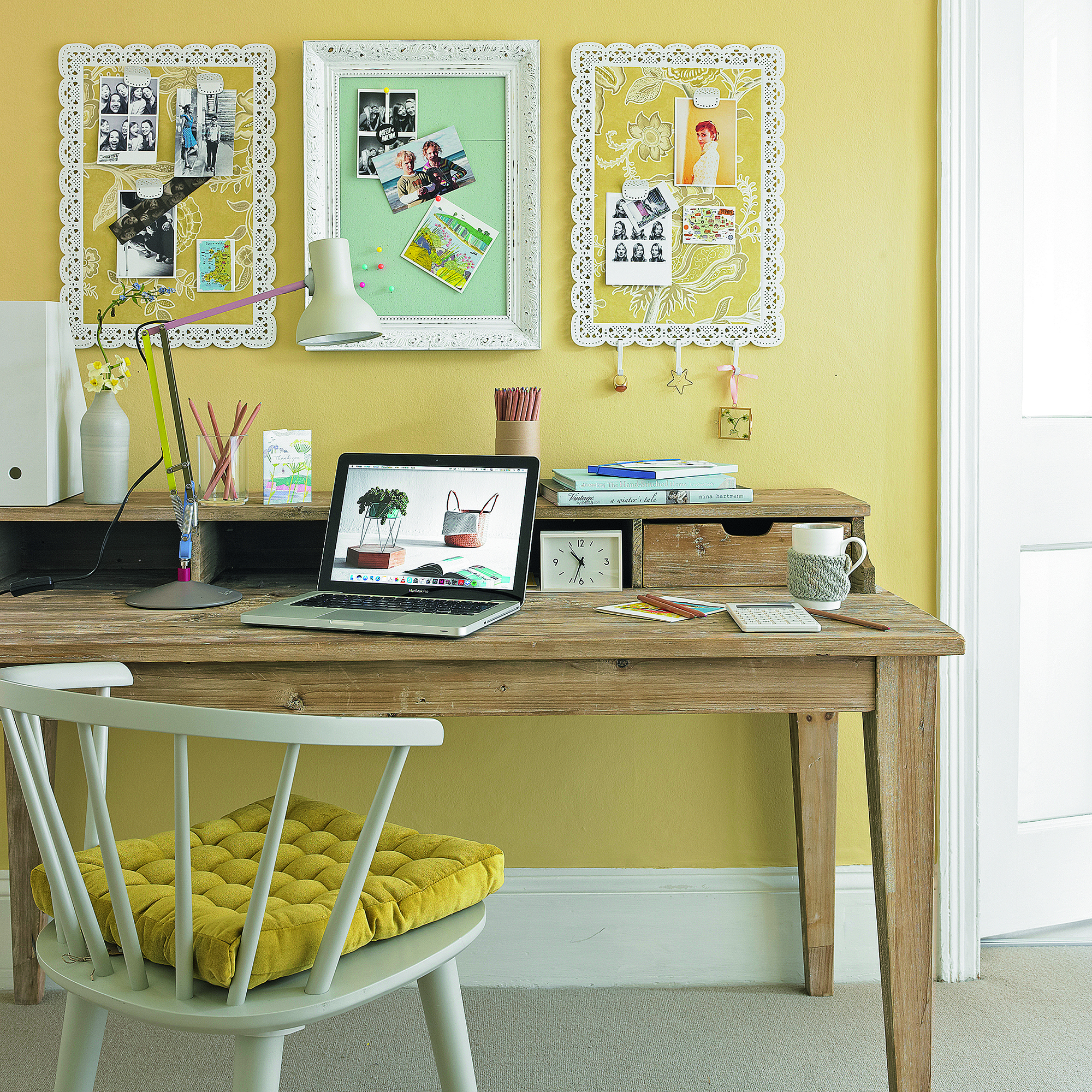How much does home insurance cost? An all-you-need-to-know guide
It may be cheaper than you think to protect your home. Here's where to find the best deals
If you're wondering how much does home insurance cost, you're probably not alone. One in four UK households have no home insurance according to personal finance comparison site, Finder.com, leaving them with no protection for their most important and valuable asset.
Home insurance may seem like just another cost to put up with. But it is a policy you really shouldn’t be without. If your home is burgled or a burst pipe causes a flood, you’ll be glad you paid the premiums. And if something worse happens, like a devastating fire, you could be in real trouble without proper insurance.
With many policies costing less than £150 a year, skipping home insurance can prove to be a false economy. The average claim on home insurance comes in at £3,690, according to the Association of British Insurers (ABI). This is money that most people won’t have to spare.
Let alone the £32,000 average cost of a flood claim. And by shopping around, you can get a good deal, as long as you understand what you’re buying.
How much does home insurance cost?
Buildings and contents cover
The term home insurance actually covers two different types of cover, though you can often buy them together.
First, buildings insurance covers the bricks and mortar in your home, including floors, ceilings and permanent fittings, such as fitted kitchens and bathroom suites. It usually also covers ‘outbuildings’ like your garage, shed and greenhouse. This policy pays out if, for example, your roof is damaged during a storm.
By contrast, home contents insurance covers your personal possessions. This is basically everything you’d take with you if you moved, including furniture, electronics, and personal items such as jewellery, ornaments and clothes.
Get the Ideal Home Newsletter
Sign up to our newsletter for style and decor inspiration, house makeovers, project advice and more.
Both types of insurance are intended to cover the cost of repairing or replacing items if they’re damaged, destroyed or stolen, by events including fire, flooding or burglary.
Do you need insurance?

You're probably wondering do I need home insurance? There is no legal requirement to have buildings or contents insurance – it’s usually your choice. Although if you have a mortgage on your home, the lender may make taking out adequate buildings cover a condition of your loan.
Even if that isn’t the case, or if you’ve paid off your mortgage, buildings insurance makes sense. Could you fund the cost of repairing major damage from your own savings?
However, if you’re renting, you don’t need buildings insurance. This is because your landlord will be responsible for protecting the property they own.
Are you wondering what is contents insurance? It's always optional so you don't need to get it. But again, think about the cost of replacing your possessions. Research from the ABI shows the average three bedroom home has £55,000 worth of stuff. You might cope with a burglary in which you lose £300 worth of items, but what if everything you own is destroyed in a fire?
Cost of home insurance
The cost of home insurance depends on the size of your property, the value of your possessions, where you live and the cover you need.
You can buy building and contents insurance separately. The average cost of a buildings policy is £110 a year according to price comparison site Moneysupermarket.com, against £56 for contents. If you need both, you can often save money buying combined cover, which costs an average of £141.
Home insurance cover levels
Don’t assume the cheapest policy is the best for you. Above all, make sure you have sufficient cover or you could still be out of pocket in the event of a claim. With contents policies, most insurers offer ‘block’ levels of cover – up to £50,000 or £75,000, say.
Some, including LV=, the AA and Swinton have ‘contents calculators’ on their website with dropdown menus for each room. These can help you work out the replacement value of big items along with bedding, curtains, TVs, free standing kitchen appliances and personal items.
With buildings cover, it’s not the potential sale price of your property you need to insure for It's the rebuilding cost, which should be lower. Insurers will usually calculate this cost for you as part of the quotation process. But you can do this for yourself with the ABI’s free rebuilding tool.
Don’t be tempted to skimp on cover levels. Even if you make a small claim, you can still lose out. If your insurer thinks your possessions are worth £100,000, say, but you’re only insured for £50,000, it might try to downgrade claims in the same proportion. It might only settle £500 of a £1,000 claim, for example.
Home insurance extras

In addition to your basic cover, most insurers offer optional extras. These are worth considering, but may not be essential.
'Accidental damage and personal possessions are the primary additional covers that people need,' says Nicola McCheyne, head of personal lines technical underwriting at Zurich UK. Accidental damage covers you if you have an accident and break something in the property. For example, if you knock a TV off a stand and smash the screen.
'Most home policies do give an element of accidental damage within the standard policy, like fixing glass, sanitary ware or underground pipes or cables on buildings. Also on contents, for glass in furniture, mirrors, TVs or audio/electrical equipment,' McCheyne explains.
However, buying additional accidental damage cover extends this. For example, you’ll be able to claim if you knock a tin of paint over your carpet while decorating.
As for personal possessions cover, this is where you need to check whether you are insured for personal items you take outside your home, like your laptop or jewellery you wear.
Most policies set a ‘single article limit’. This is the maximum payout per item, and typically around £1,500. For higher value items, such as technology gadgets or pieces of jewellery, you should give insurers details of each item separately. This may incur an extra fee.
Dodgy DIY can void your policy

While home insurance offers protection from unexpected costs, it’s not blanket cover for every emergency. And keeping your home in a good state of repair is usually a condition of most policies.
'Insurers can refuse accidental damage claims if the event was caused by poor workmanship or faulty materials,' warns Ryan Fulthorpe, GoCompare’s Home Insurance Expert. 'For example tackling jobs you’re not qualified for could invalidate your home insurance, leaving you liable for the cost of repairing any damage caused.'
How to get the best deal
are listed. Always compare ‘like for like’ cover, as policy terms, along with any excess, can vary between insurers. So while you may find a cheaper premium, if it means a much higher excess in the event of a claim, you need to weigh up if it’s worth the saving.
Avoid setting your policy to ‘auto renew’, as you may miss out on better deals. Also always pay for insurance in one go if you can, rather than splitting payments. Insurers offer the chance to pay monthly, but this can cost up to 40% more. One option, if you can’t afford to pay upfront, is to use a credit card with a 0% deal on ‘new purchases’ and pay it off interest free.
-
 Will a conservatory add value to your home and how can you maximise it?
Will a conservatory add value to your home and how can you maximise it?This is what the pros say
By Amy Reeves
-
 I’ve been looking for a new signature scent for my home and The White Company's new fragrance is the exact summer holiday smell I needed
I’ve been looking for a new signature scent for my home and The White Company's new fragrance is the exact summer holiday smell I neededSantorini smells fresh, summery and sophisticated
By Kezia Reynolds
-
 How to remove algae from garden walls in five steps – and the cleaning product experts rave about for tackling it fast
How to remove algae from garden walls in five steps – and the cleaning product experts rave about for tackling it fastExperts share their top tips for getting garden walls algae-free
By Katie Sims